Distorted portraits: Georg Baselitz’s ghostly oil works at White Cube
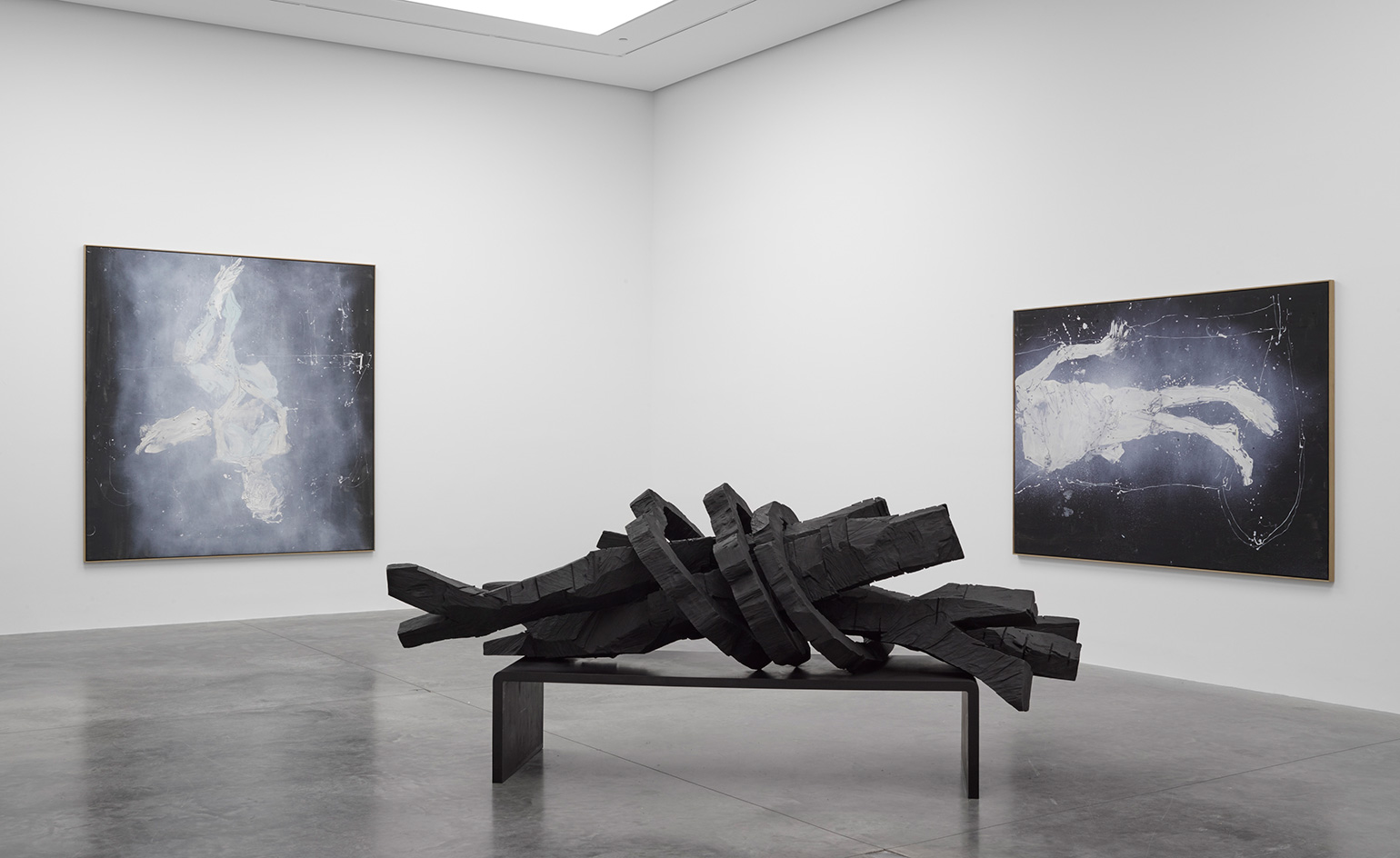
There’s a hint of the megalomaniac in Georg Baselitz’s art. In recent years his output has accelerated, as if he is battling to keep up with the frantic energy he projects in his work. In his latest show, ‘Wir fahren aus (We’re off)', the scale and number of his paintings, drawings and sculptures can barely be contained by the cavernous White Cube in Bermondsey.
Baselitz focuses on his subjects with an intensity that borders on the obsessive. With the exception of two sculptures, everything on show in ‘Wir fahren aus’ is based on a handful of figurative subjects.
In the monumental oil paintings – 16 of them altogether – Baselitz has returned to an older portrait of himself and his wife Elke. Their bodies are rendered as stark, contorted figures in white or pink, floating in thin mists of paint against dark backgrounds. At their best, these works live up to their enormous scales with a clarity of composition and subtlety of texture.
The inspiration for these paintings came from Otto Dix, the influential portraitist of inter-war Germany; in fact, throughout ‘Wir fahren aus’ there are hints of an expressive, macabre German and Austrian tradition that also includes Egon Schiele and George Grosz. This is especially true of the works in ink, which combine an aggressive, incisive line with vaporous blotches of yellow and purple watercolour.
Baselitz is almost 80, and one of this exhibition’s main themes is aging. It appears that, like many artists before him, this preoccupation will only make him more productive.
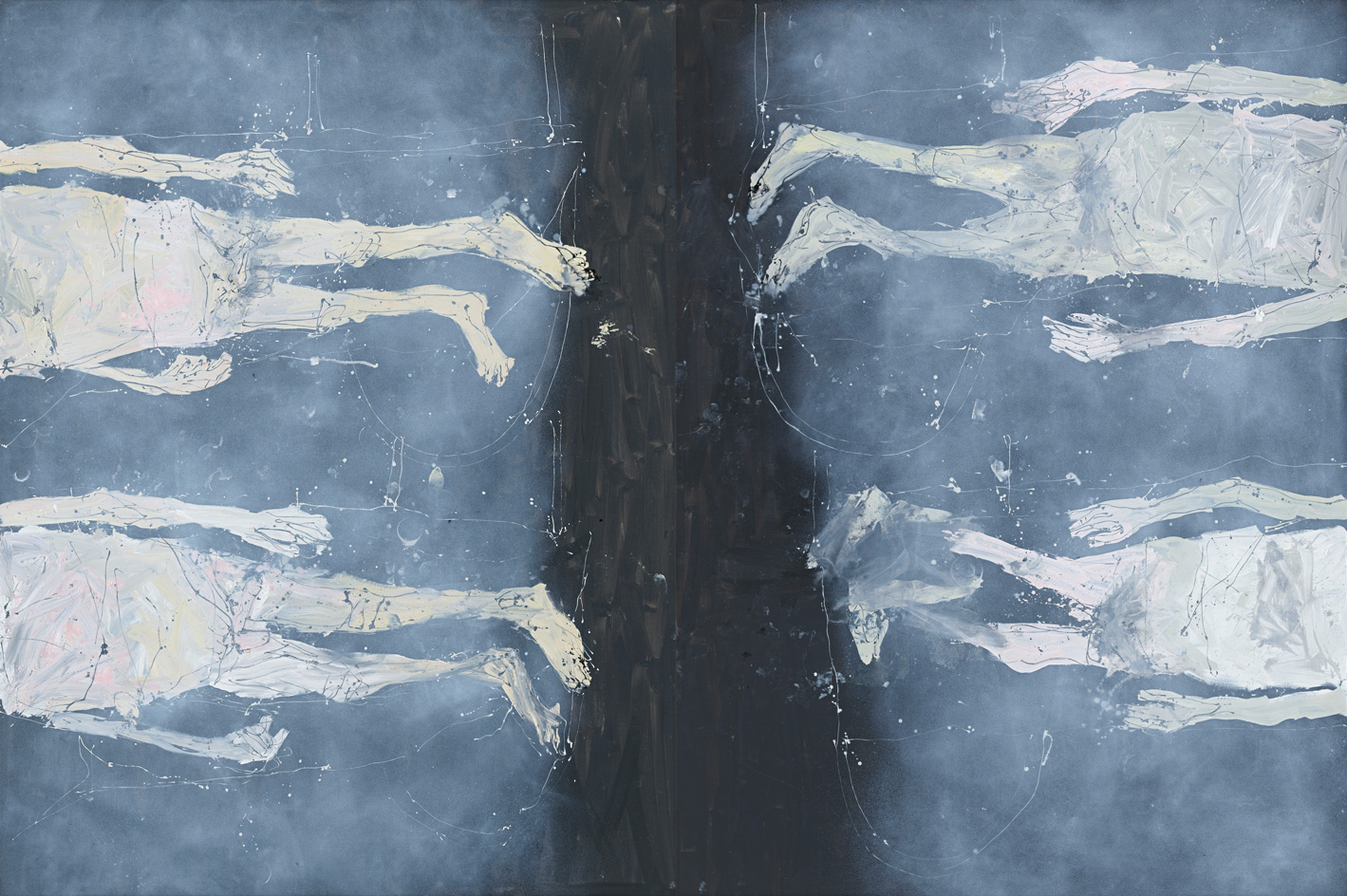
The ever prolific artist has accelerated of late; even the cavernous White Cube can barely contain the scale and number of his paintings, drawings and sculptures. Pictured: Oh god, ma tutto occupato (Ach herrje, ma tutto occupato), 2016
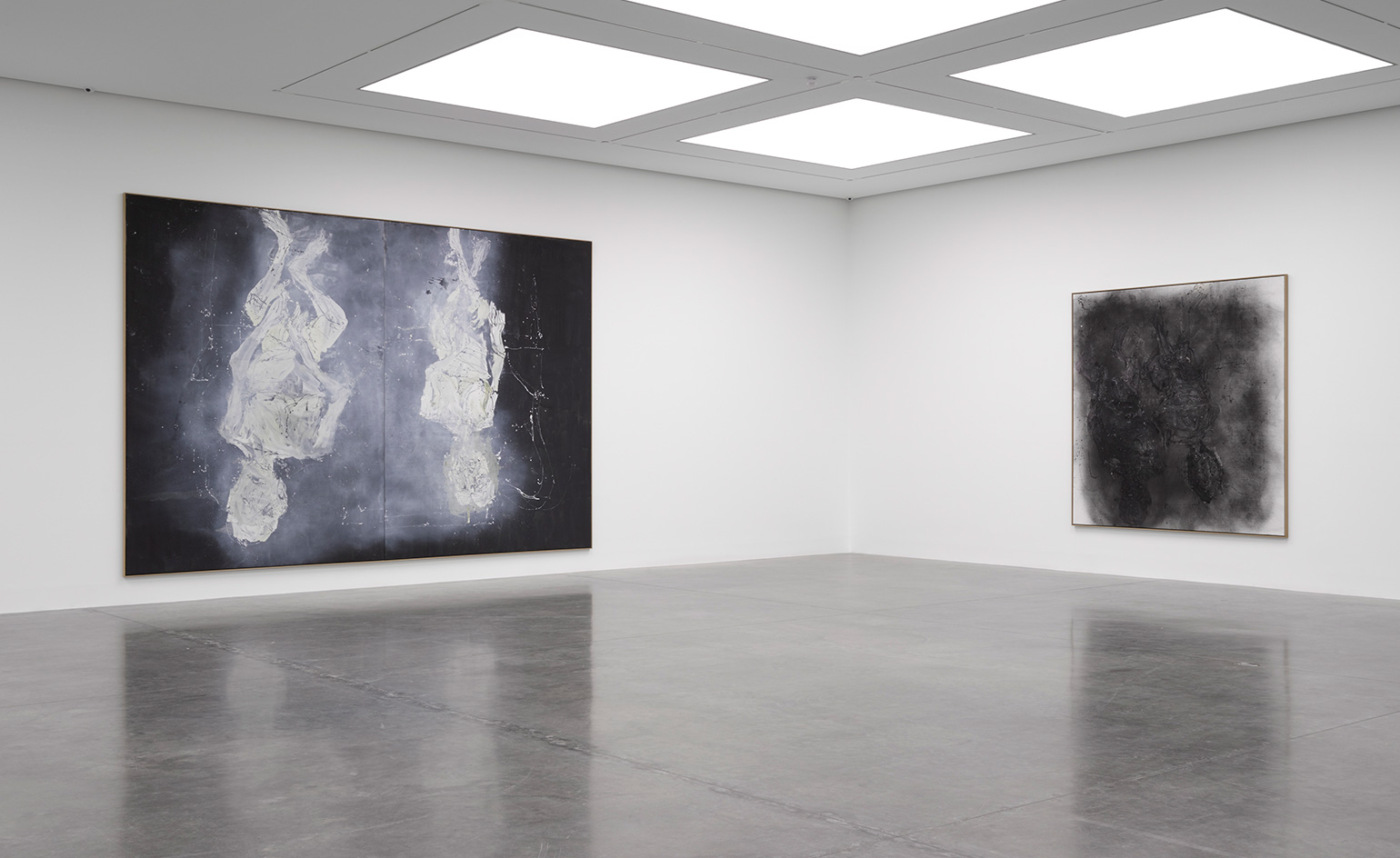
Within the 16 monumental oil paintings, Baselitz has returned to an older portrait of himself and his wife Elke as inspiration. Pictured: installation view
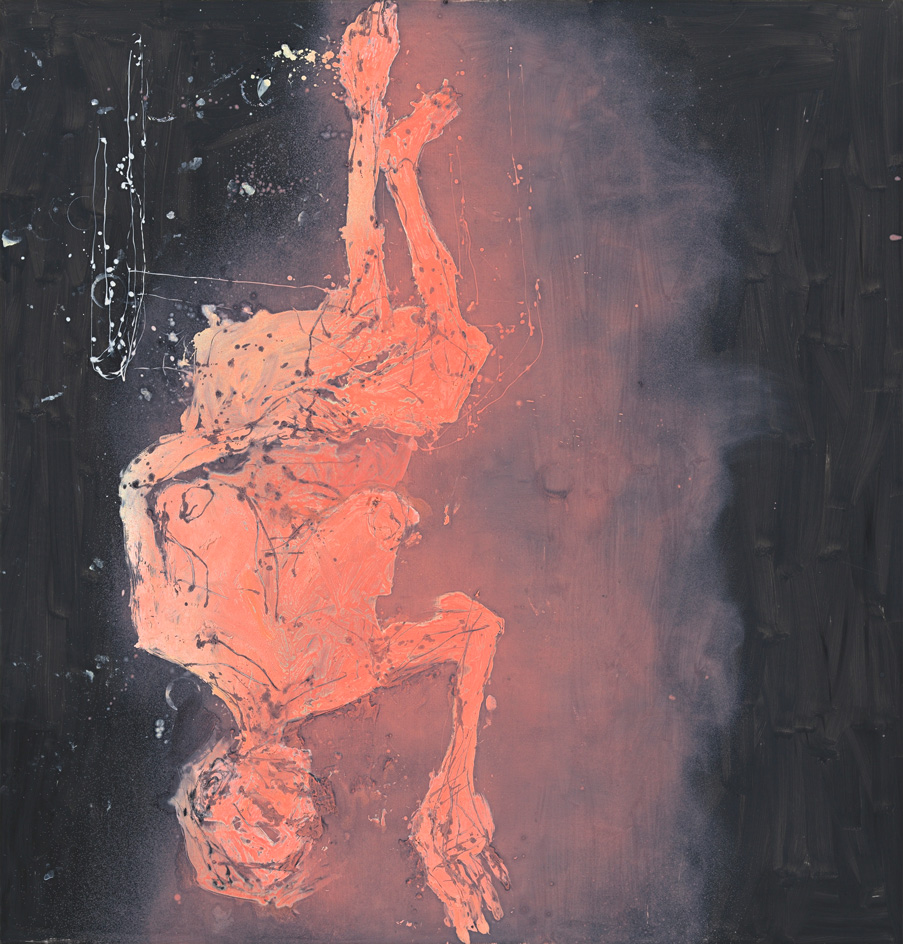
Their bodies are rendered as stark, contorted figures in white or pink, floating in thin mists of paint against dark backgrounds. Pictured: Hotplate fa caldo (Ofenplatte fa caldo), 2015
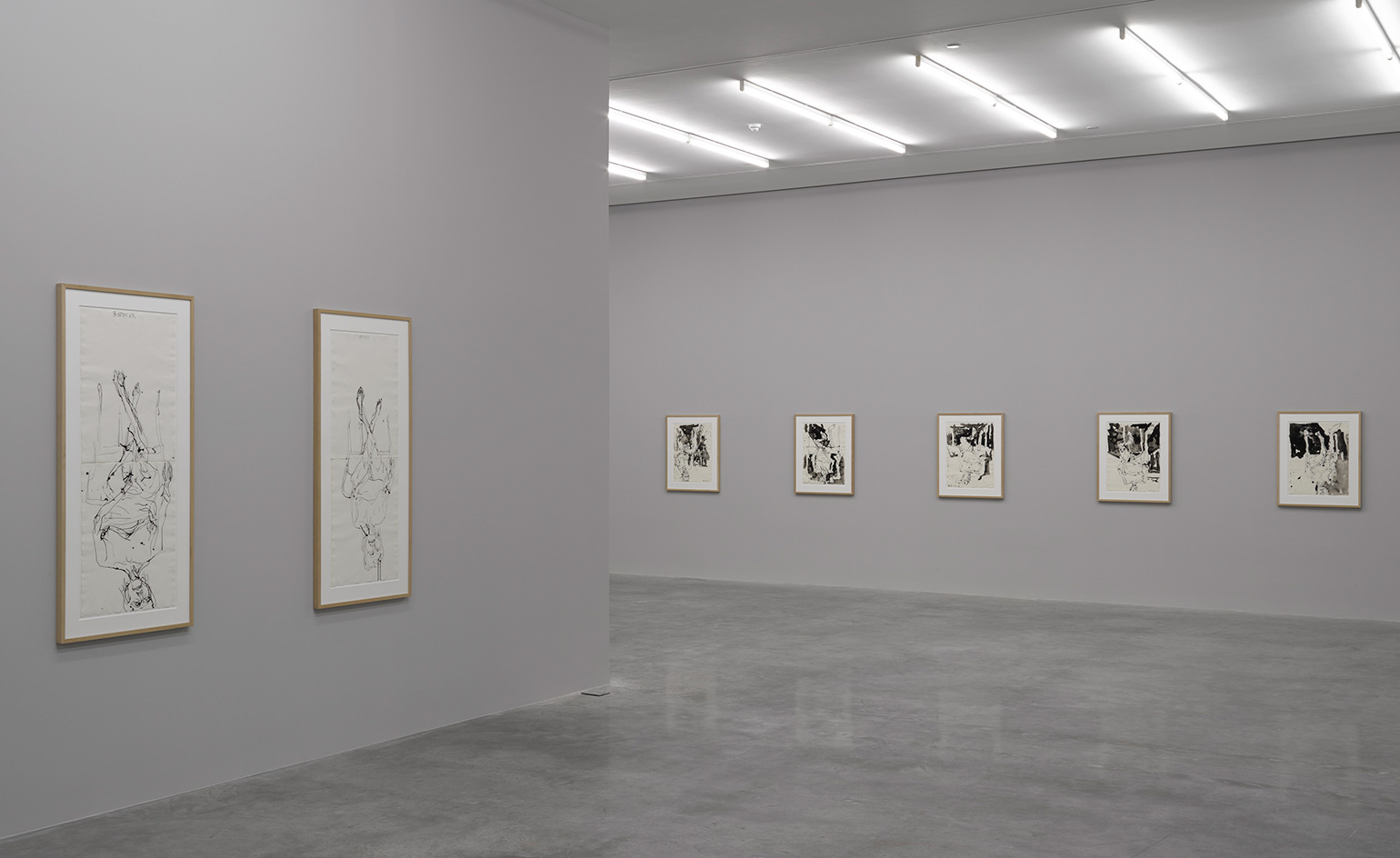
The inspiration for these paintings came from Otto Dix, the influential portraitist of inter-war Germany; in fact, throughout ‘Wir fahren aus’ there are hints of an expressive, macabre German and Austrian tradition. Pictured: installation view
INFORMATION
’Wir fahren aus (We’re off)’ is on view until 3 July. For more information, visit the White Cube’s website
Photography courtesy the artist and White Cube
ADDRESS
White Cube
144–152 Bermondsey Street
London, SE1 3TQ
Receive our daily digest of inspiration, escapism and design stories from around the world direct to your inbox.
-
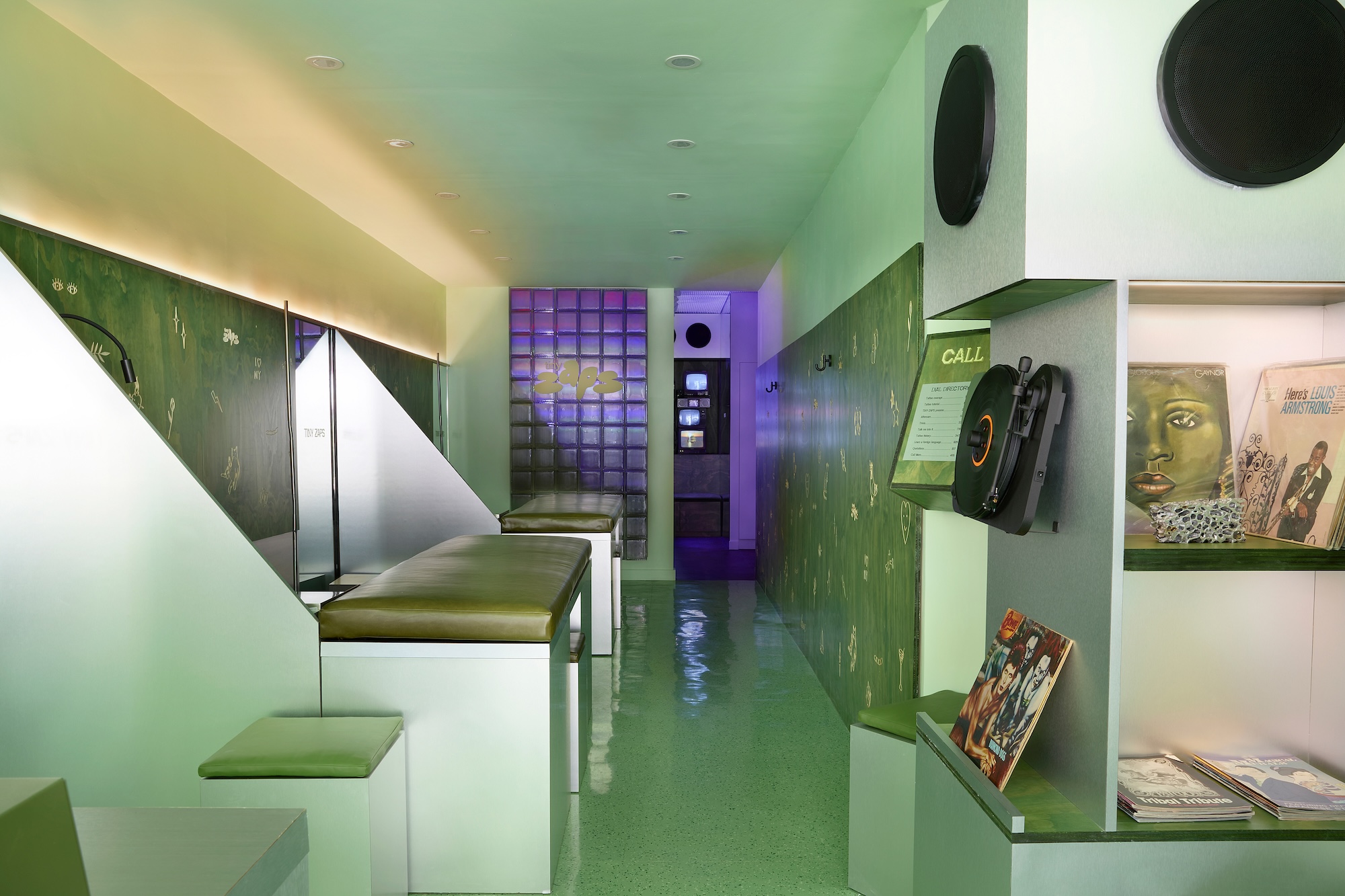 Terrified to get inked? This inviting Brooklyn tattoo parlour is for people who are 'a little bit nervous'
Terrified to get inked? This inviting Brooklyn tattoo parlour is for people who are 'a little bit nervous'With minty-green walls and an option to 'call mom', Tiny Zaps' Williamsburg location was designed to tame jitters
-
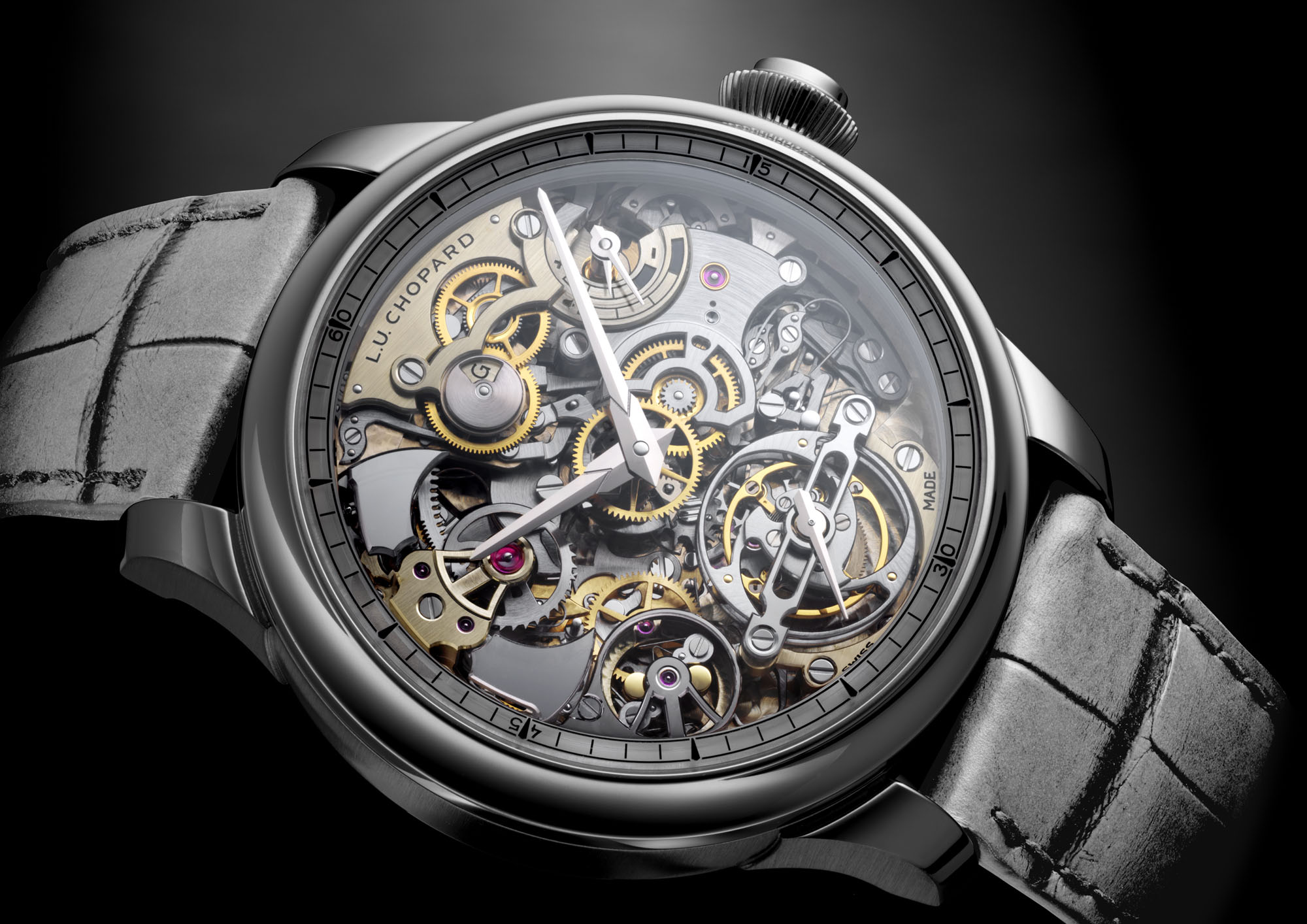 Let’s hear it for the Chopard L.U.C Grand Strike chiming watch
Let’s hear it for the Chopard L.U.C Grand Strike chiming watchThe Swiss watchmaker’s most complicated timepiece to date features an innovative approach to producing a crystal-clear sound
-
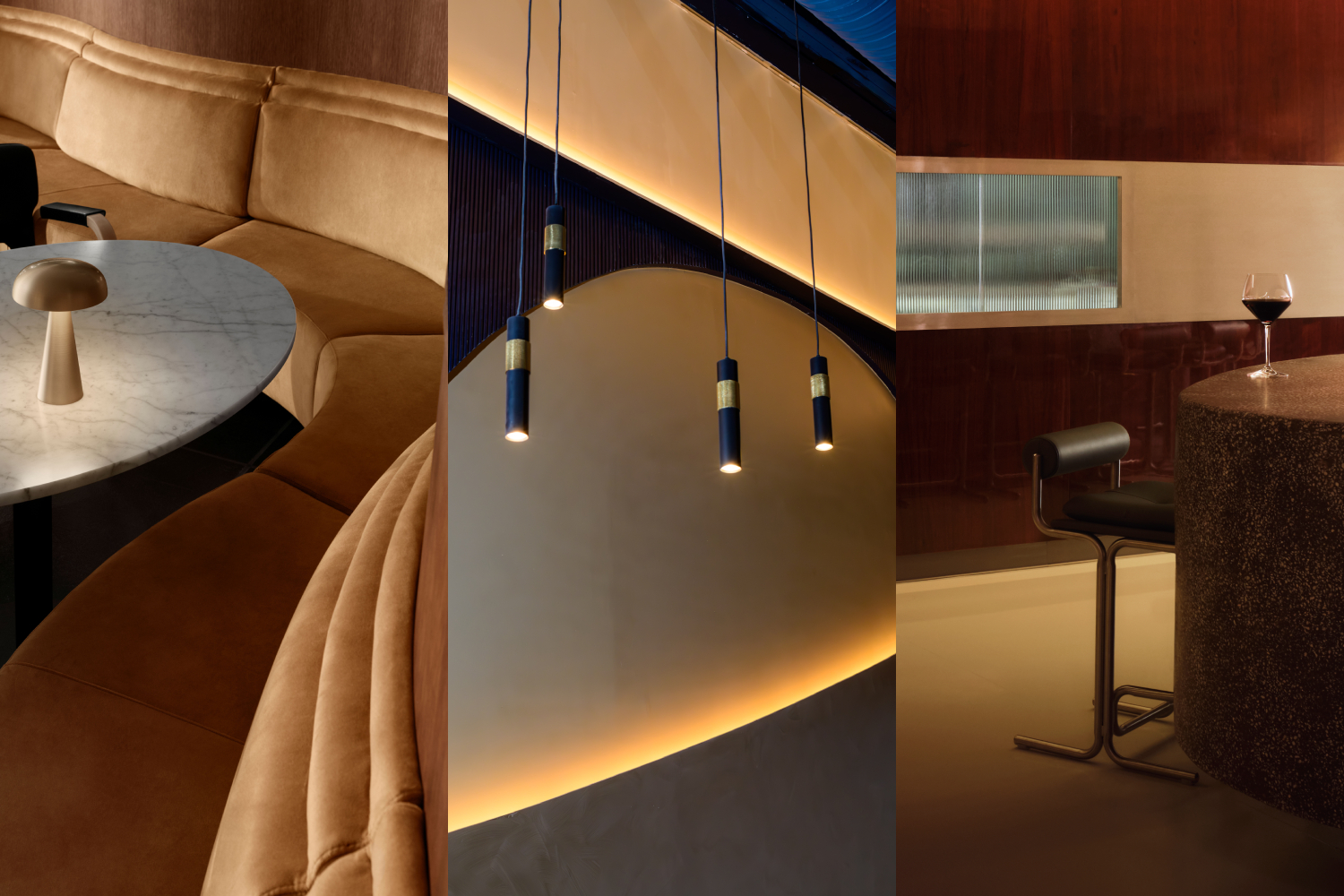 Form... and flavour? The best design-led restaurant debuts of 2025
Form... and flavour? The best design-led restaurant debuts of 2025A Wallpaper* edit of the restaurant interiors that shaped how we ate, gathered and lingered this year
-
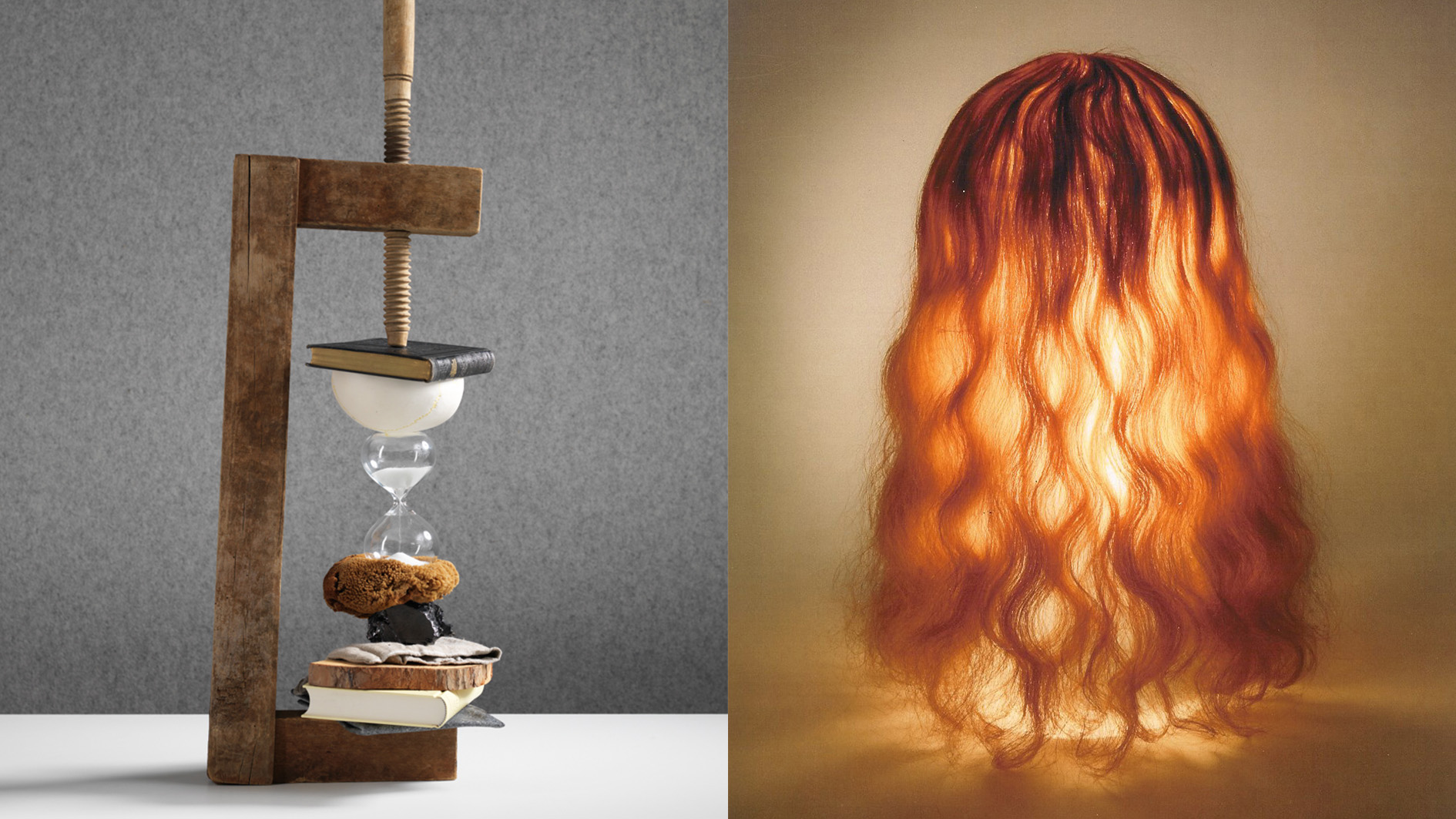 Rolf Sachs’ largest exhibition to date, ‘Be-rühren’, is a playful study of touch
Rolf Sachs’ largest exhibition to date, ‘Be-rühren’, is a playful study of touchA collection of over 150 of Rolf Sachs’ works speaks to his preoccupation with transforming everyday objects to create art that is sensory – both emotionally and physically
-
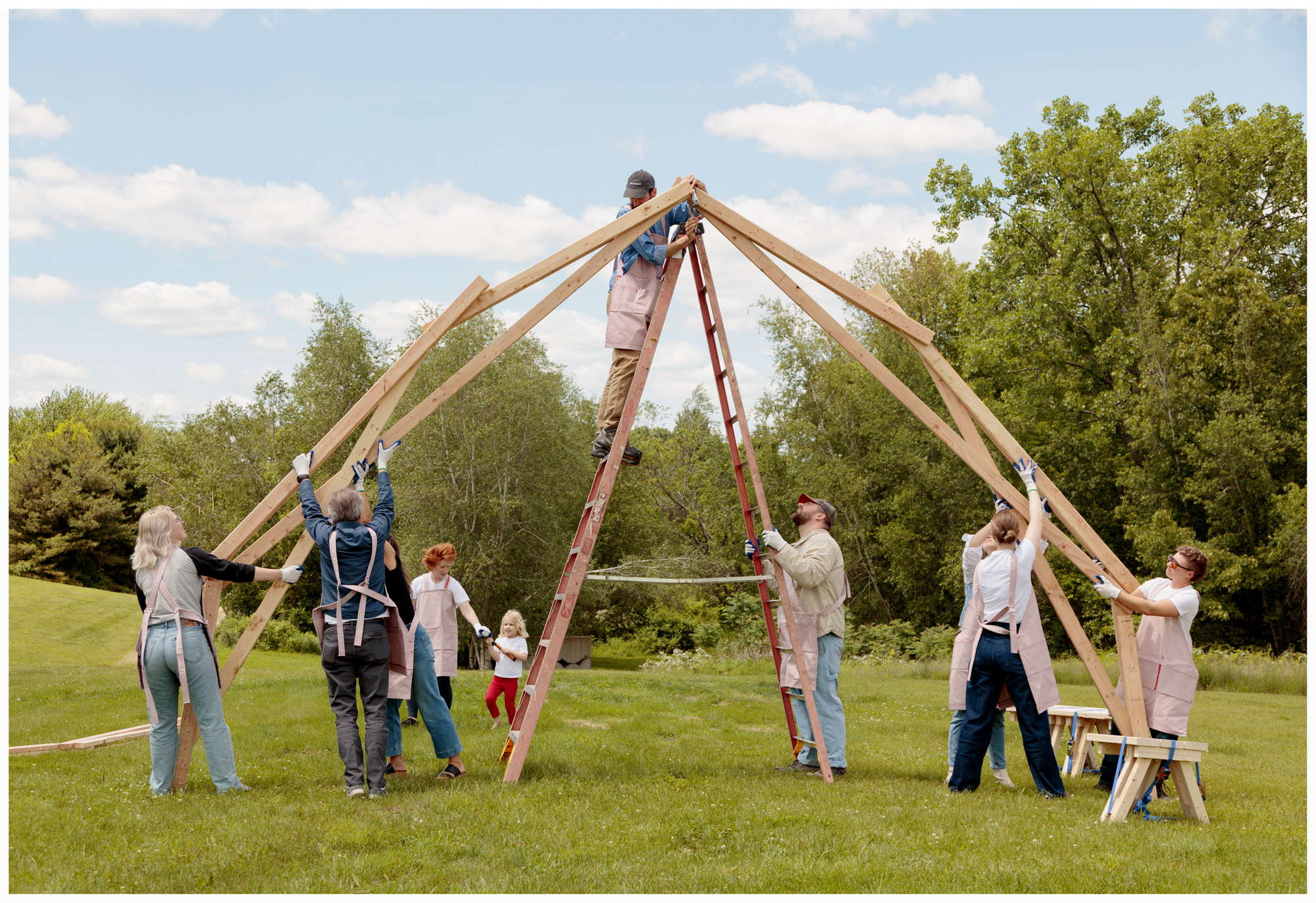 Architect Erin Besler is reframing the American tradition of barn raising
Architect Erin Besler is reframing the American tradition of barn raisingAt Art Omi sculpture and architecture park, NY, Besler turns barn raising into an inclusive project that challenges conventional notions of architecture
-
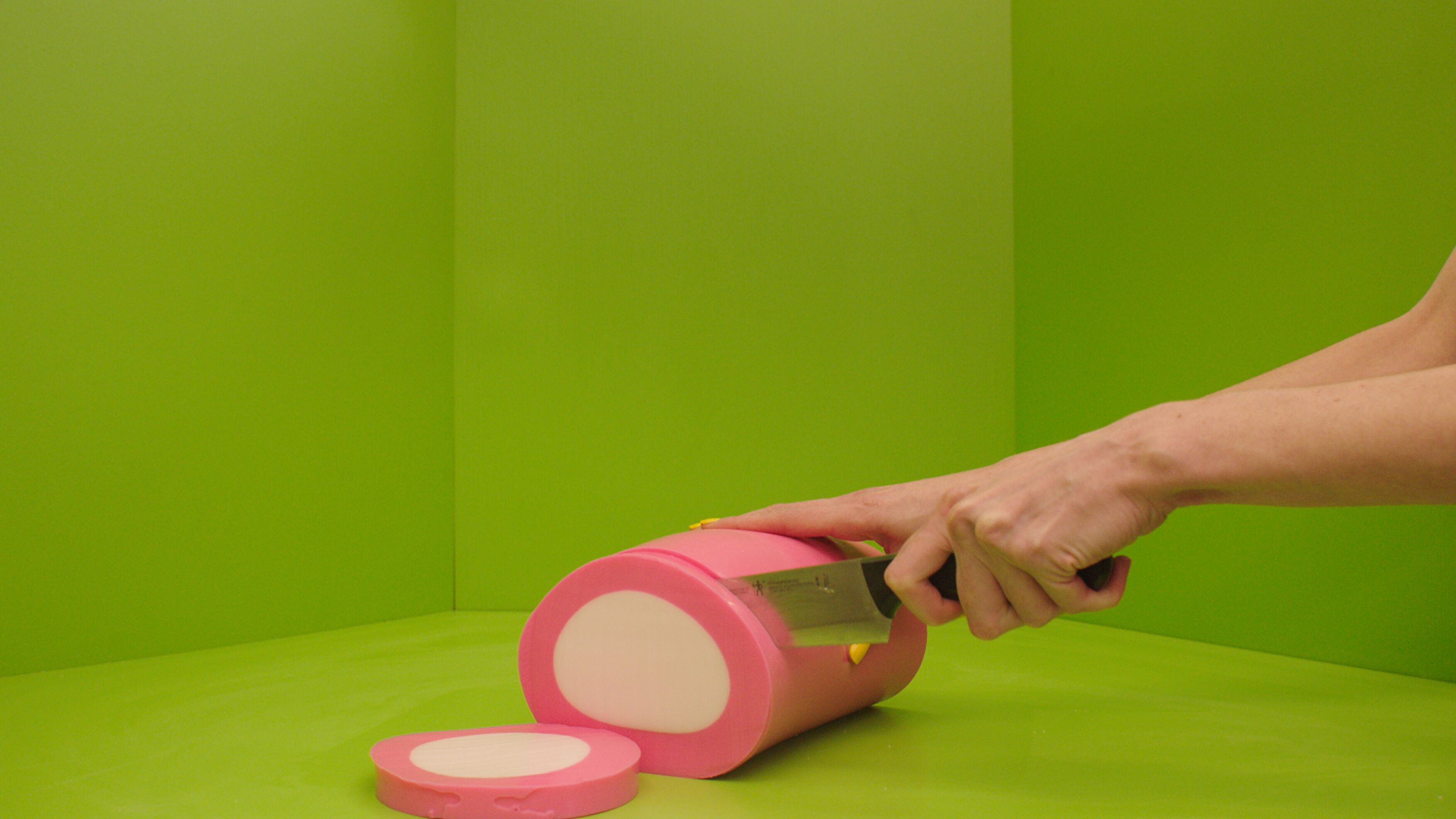 What is recycling good for, asks Mika Rottenberg at Hauser & Wirth Menorca
What is recycling good for, asks Mika Rottenberg at Hauser & Wirth MenorcaUS-based artist Mika Rottenberg rethinks the possibilities of rubbish in a colourful exhibition, spanning films, drawings and eerily anthropomorphic lamps
-
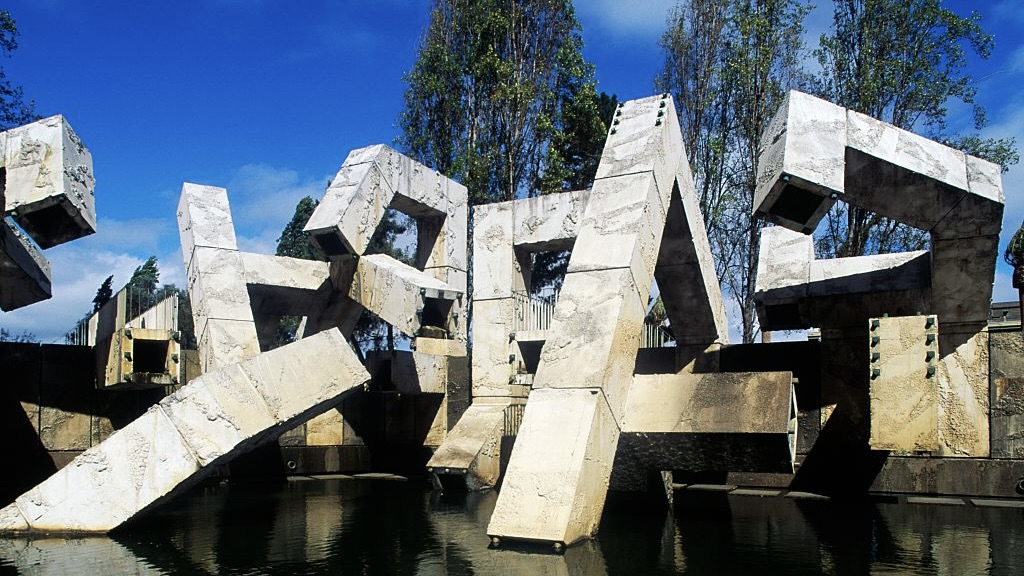 San Francisco’s controversial monument, the Vaillancourt Fountain, could be facing demolition
San Francisco’s controversial monument, the Vaillancourt Fountain, could be facing demolitionThe brutalist fountain is conspicuously absent from renders showing a redeveloped Embarcadero Plaza and people are unhappy about it, including the structure’s 95-year-old designer
-
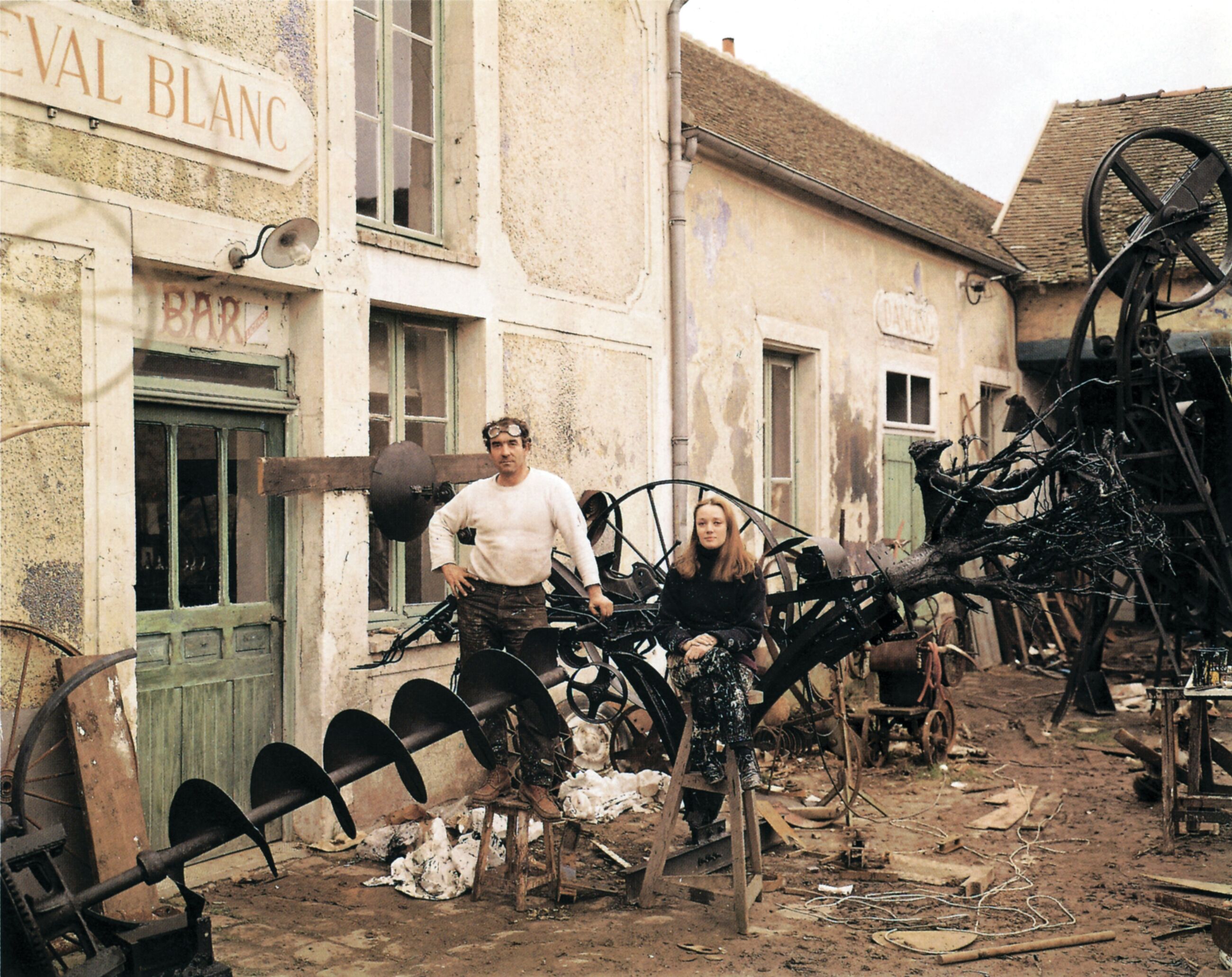 See the fruits of Niki de Saint Phalle and Jean Tinguely's creative and romantic union at Hauser & Wirth Somerset
See the fruits of Niki de Saint Phalle and Jean Tinguely's creative and romantic union at Hauser & Wirth SomersetAn intimate exhibition at Hauser & Wirth Somerset explores three decades of a creative partnership
-
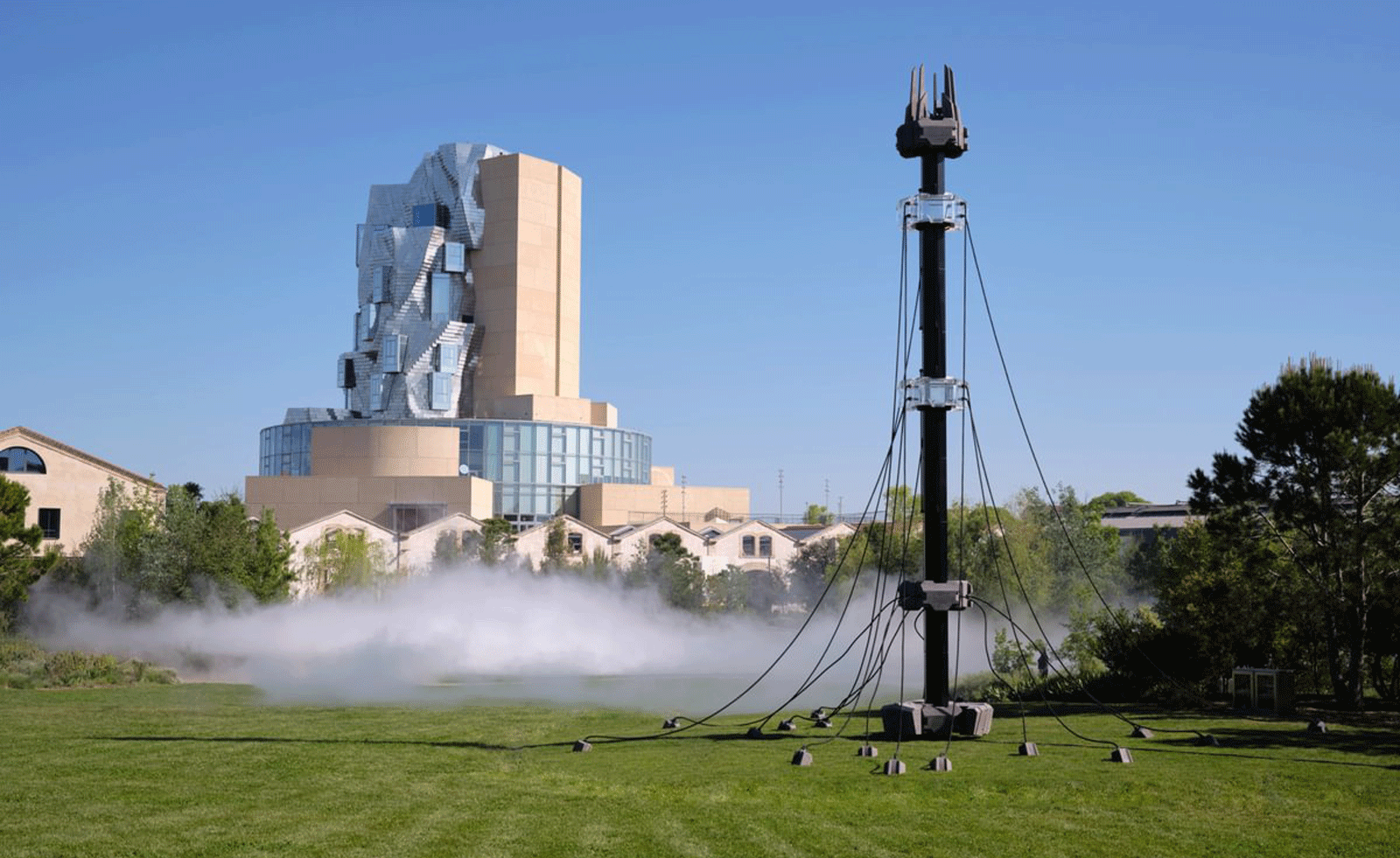 Technology, art and sculptures of fog: LUMA Arles kicks off the 2025/26 season
Technology, art and sculptures of fog: LUMA Arles kicks off the 2025/26 seasonThree different exhibitions at LUMA Arles, in France, delve into history in a celebration of all mediums; Amy Serafin went to explore
-
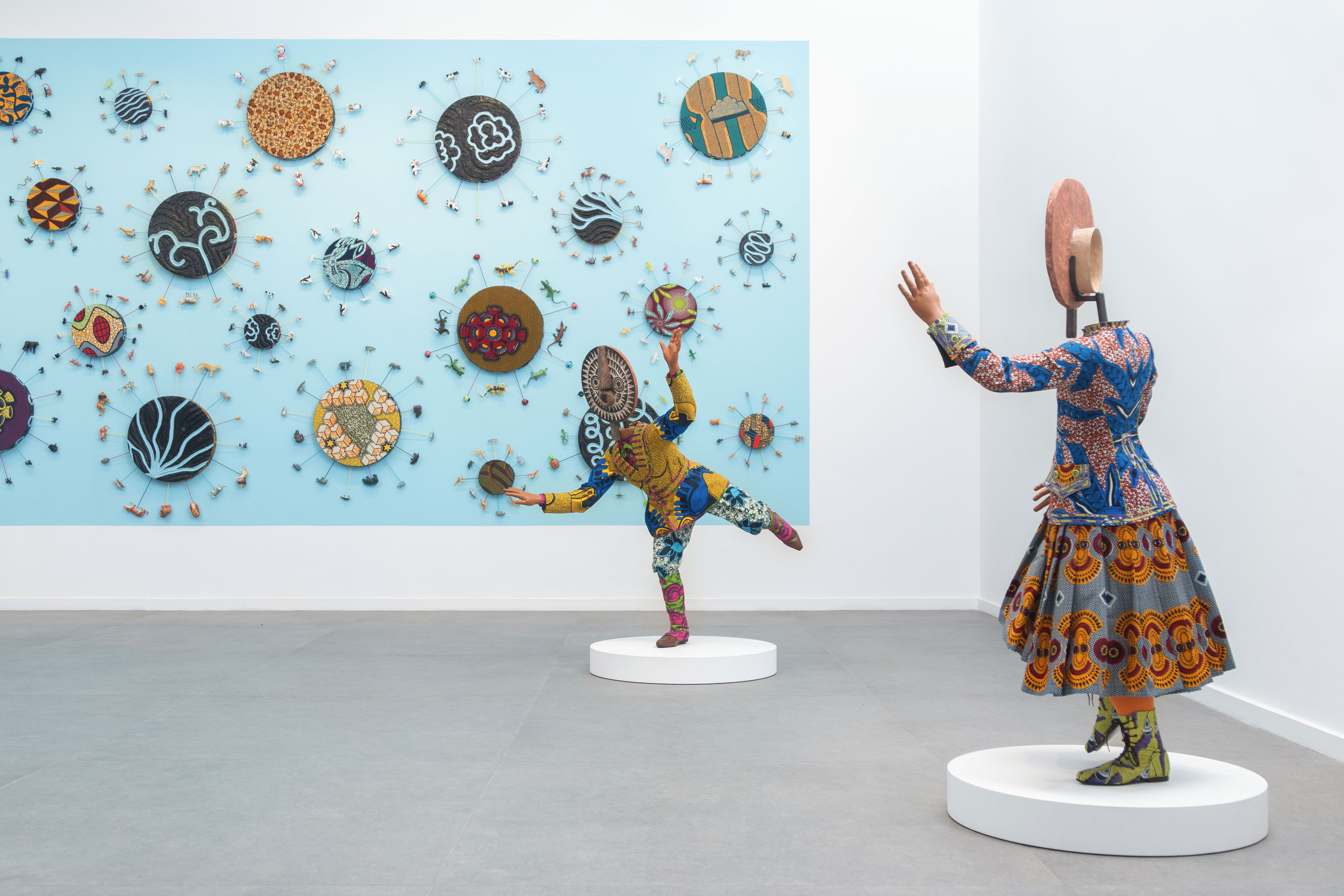 Inside Yinka Shonibare's first major show in Africa
Inside Yinka Shonibare's first major show in AfricaBritish-Nigerian artist Yinka Shonibare is showing 15 years of work, from quilts to sculptures, at Fondation H in Madagascar
-
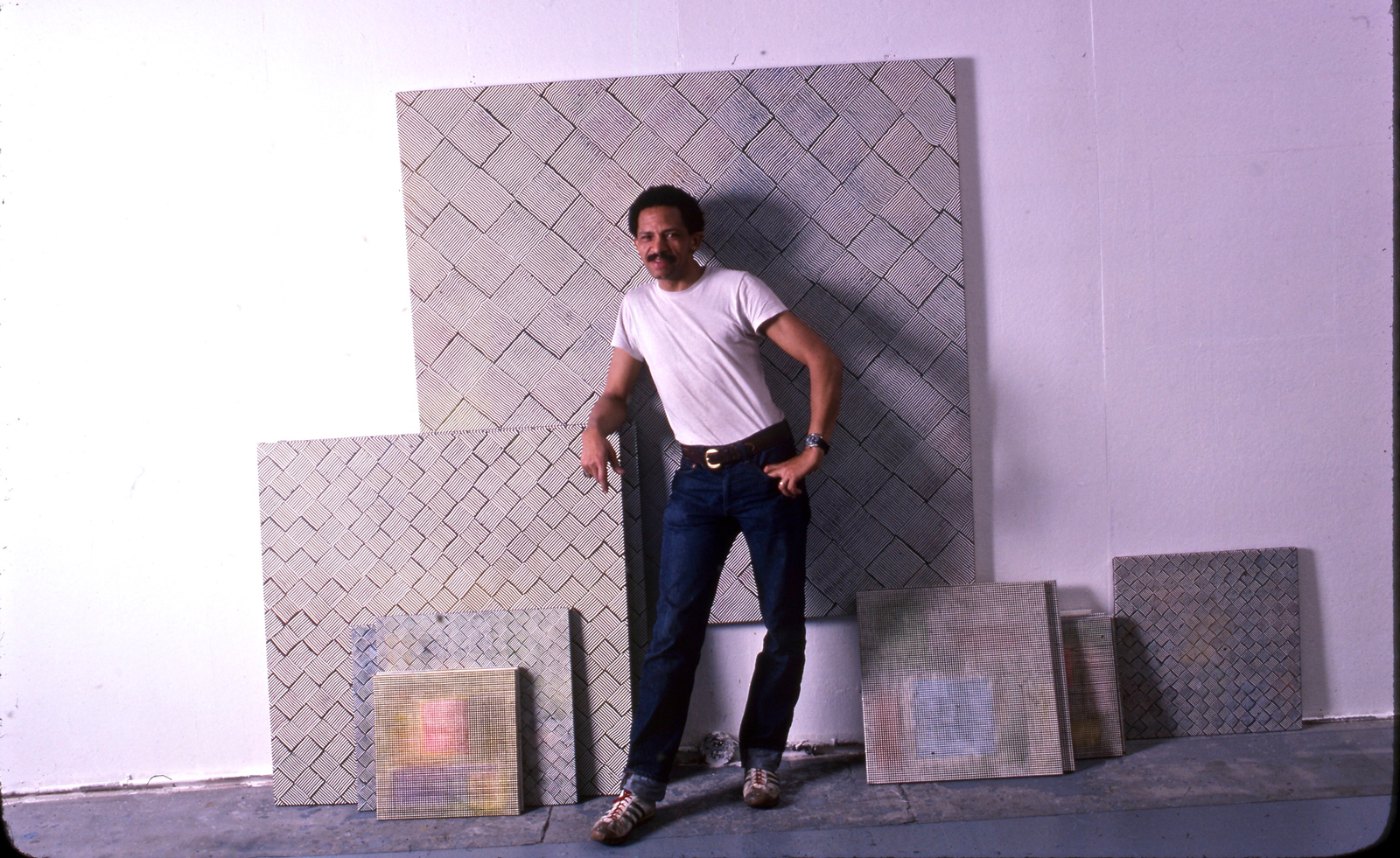 Inside Jack Whitten’s contribution to American contemporary art
Inside Jack Whitten’s contribution to American contemporary artAs Jack Whitten exhibition ‘Speedchaser’ opens at Hauser & Wirth, London, and before a major retrospective at MoMA opens next year, we explore the American artist's impact